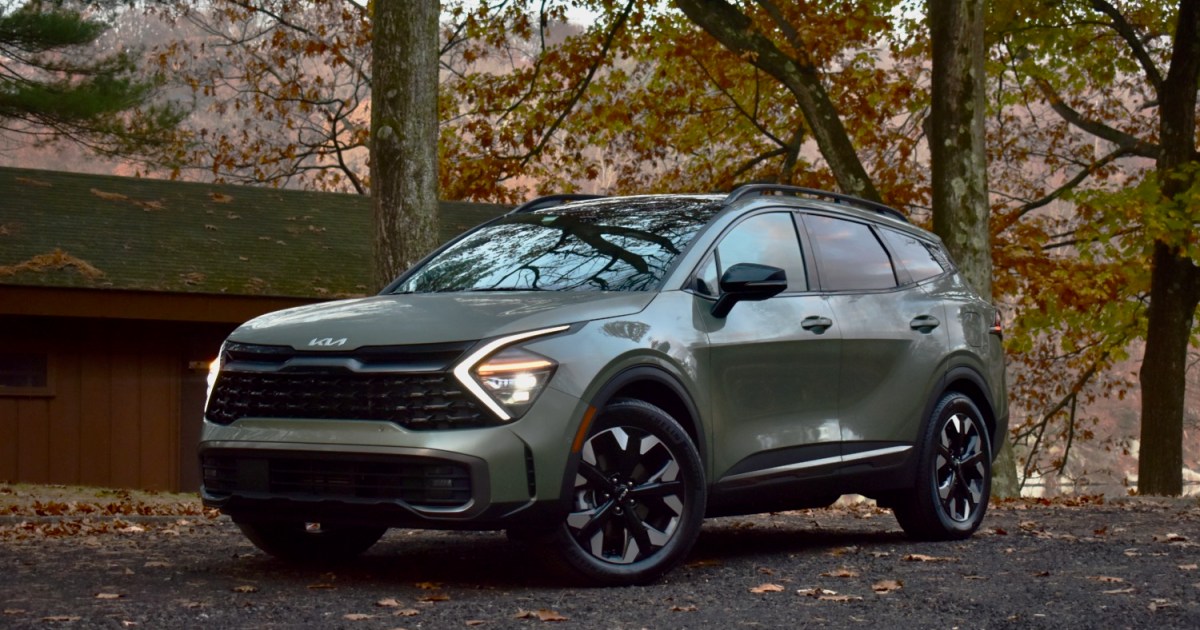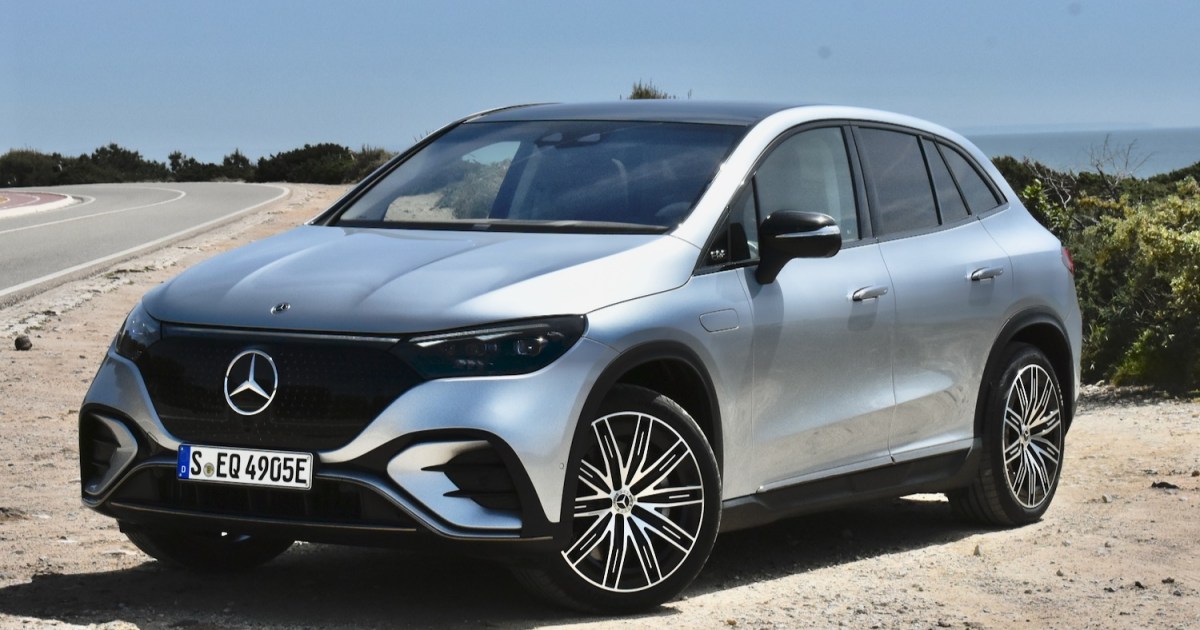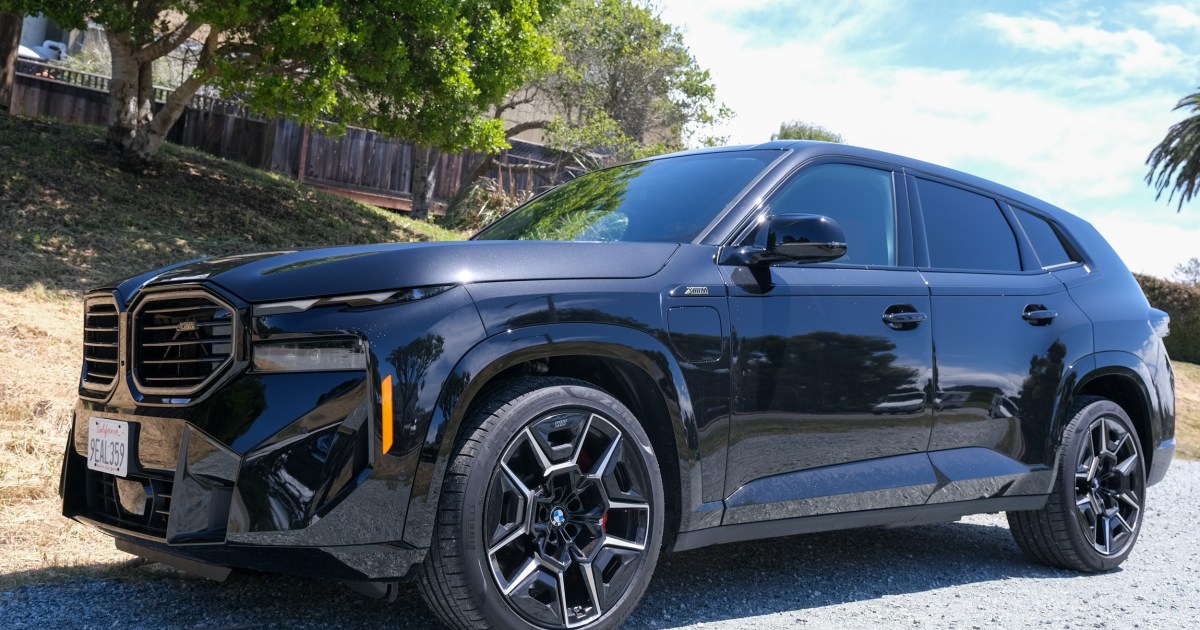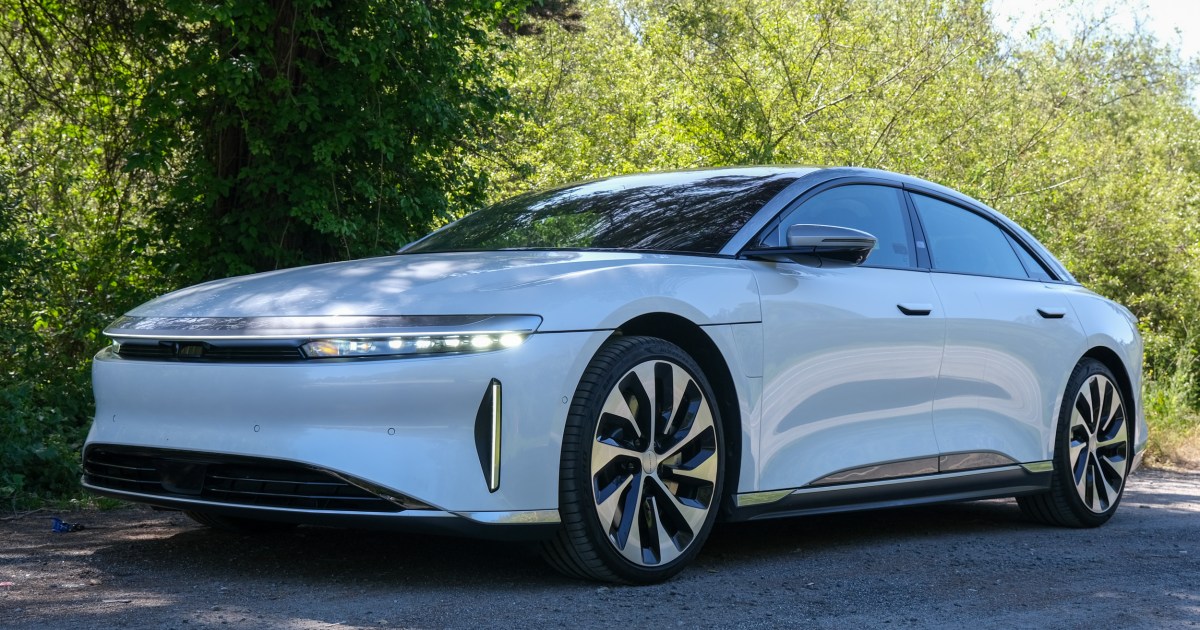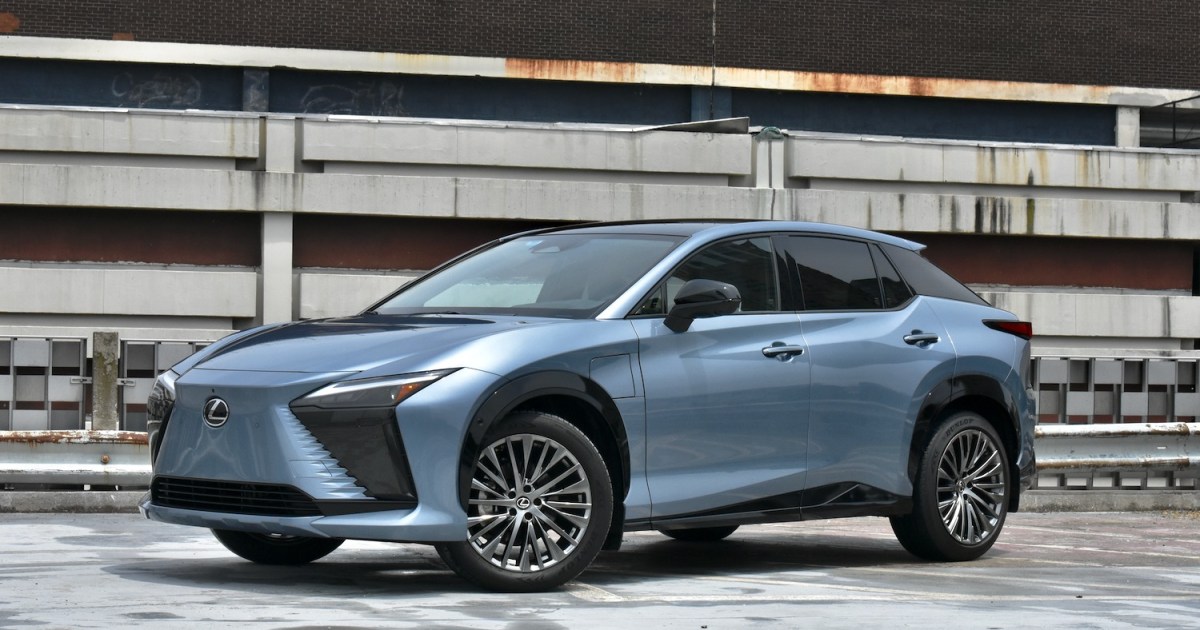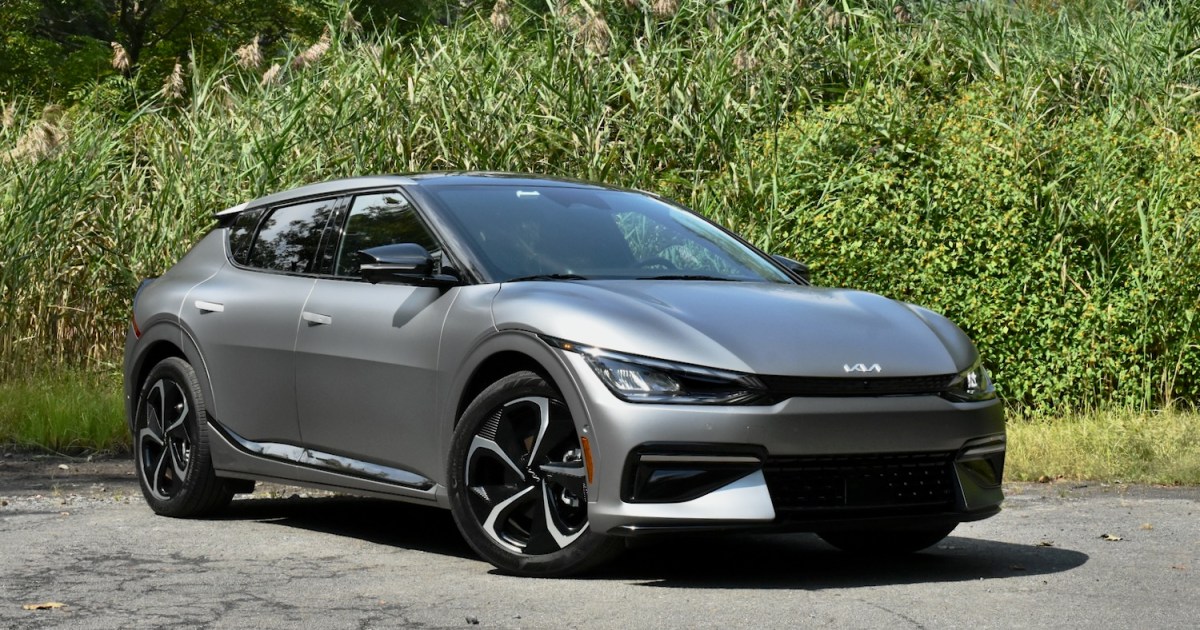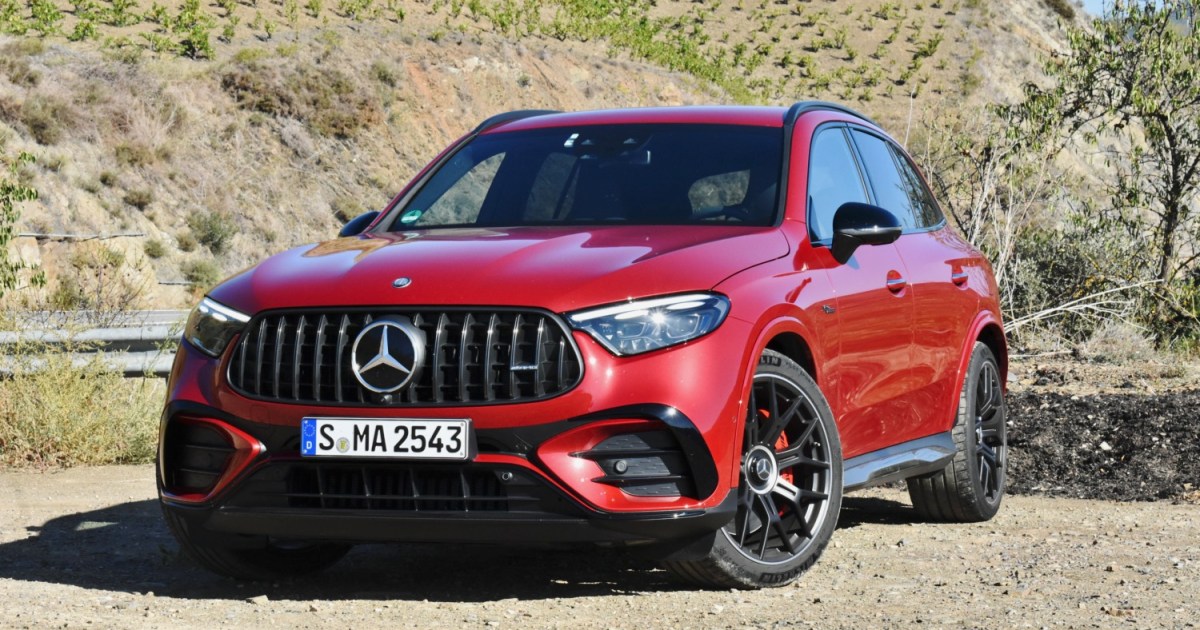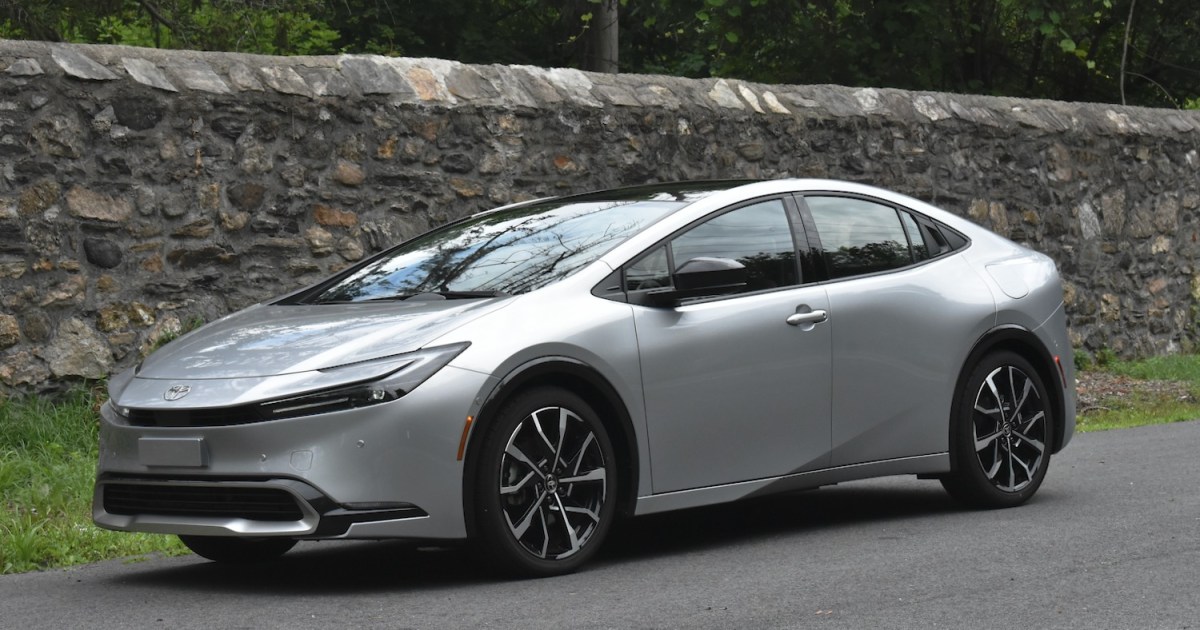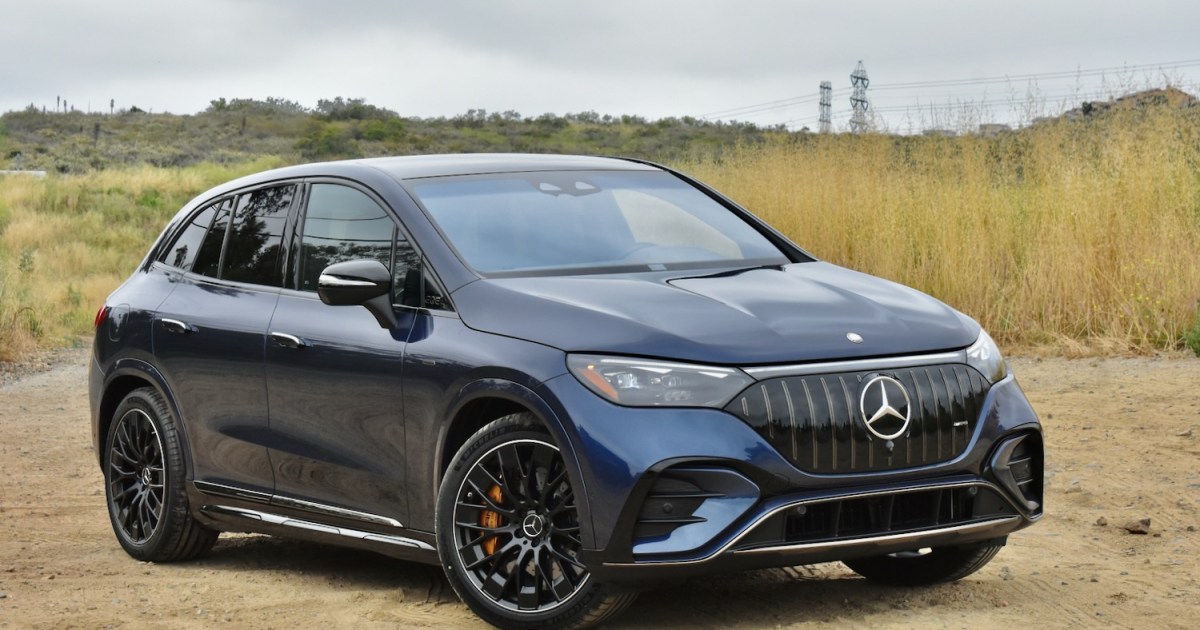The automotive industry is rapidly electrifying, with a push towards all-electric vehicles. However, plug-in hybrids (PHEVs) offer a compelling alternative, bridging the gap between traditional gasoline cars and full EVs. The 2023 Kia Sportage PHEV exemplifies this approach, leveraging the existing hybrid platform and enhancing it with a larger battery and more powerful electric motor. This review delves into the Sportage PHEV’s design, technology, performance, and overall value proposition, comparing it to key competitors in the compact crossover SUV segment.
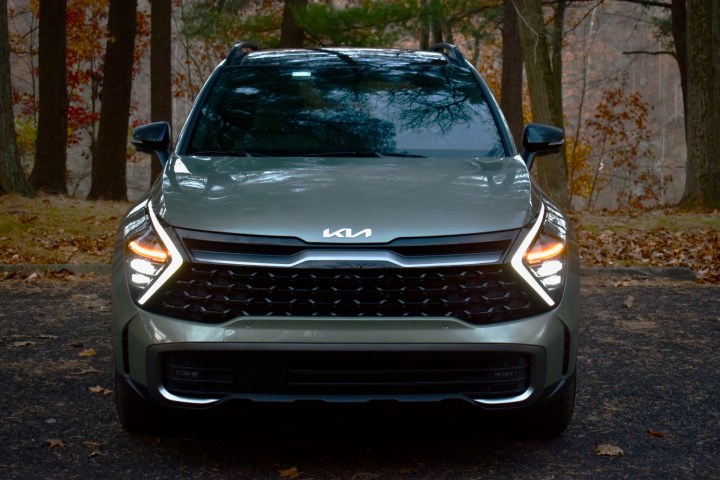 2024 Kia Sportage PHEV front view.Photo: Stephen Edelstein/Digital Trends
2024 Kia Sportage PHEV front view.Photo: Stephen Edelstein/Digital Trends
The latest Sportage showcases a bold design language. The front fascia is characterized by diamond-shaped headlights, boomerang-style daytime running lights, and a layered grille that cleverly conceals its width. The PHEV variant retains these distinctive features, with the addition of a charging port door. Unlike some rivals that overemphasize ruggedness, the Sportage’s design conveys a sense of substance and modernity through flared fenders and sleek horizontal taillights. The proportions are well-balanced, contributing to a commanding road presence.
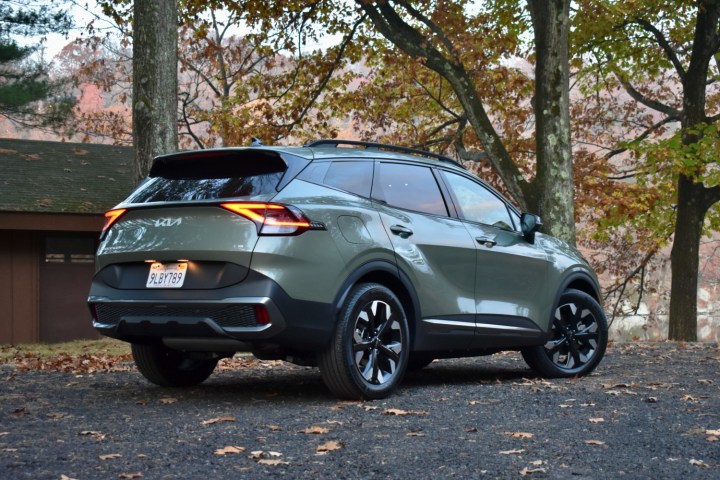 2024 Kia Sportage PHEV rear quarter view.Photo: Stephen Edelstein/Digital Trends
2024 Kia Sportage PHEV rear quarter view.Photo: Stephen Edelstein/Digital Trends
Interior and Cargo Space
While largely similar to other Sportage versions, the PHEV loses the dual-level cargo floor option. Cargo capacity is slightly reduced, offering 34.5 cubic feet behind the rear seats and 65.5 cubic feet with the seats folded. The mandatory sunroof also marginally impacts headroom. Although competitive with other PHEV crossovers, the Sportage PHEV falls short of the Mitsubishi Outlander PHEV’s occasional-use third-row seating. The X-Line Prestige trim, while featuring a stylish curved dashboard screen and unique air vents, reveals some cost-cutting measures with its plastic door trim and faux wood accents. Despite ample passenger space, the seats themselves lack long-trip comfort.
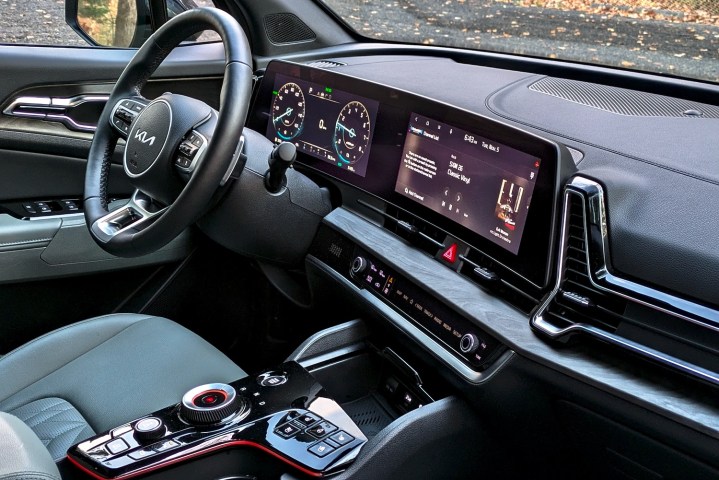 2024 Kia Sportage PHEV interior.Photo: Stephen Edelstein/Digital Trends
2024 Kia Sportage PHEV interior.Photo: Stephen Edelstein/Digital Trends
Technology and Infotainment
A 12.3-inch touchscreen is standard across all Sportage PHEV trims, with the X-Line Prestige adding a matching 12.3-inch digital instrument cluster, creating a cohesive curved display. Apple CarPlay and Android Auto are included, but wireless connectivity is notably absent. The infotainment system’s intuitive graphic design and responsive touchscreen are commendable. However, navigating through multiple screens for various functions can be cumbersome. A large wireless charging pad is a welcome addition, though its placement makes it difficult to use a phone while plugged in. The dual-function physical controls for audio and climate, while contributing to a clean dashboard aesthetic, can lead to accidental adjustments.
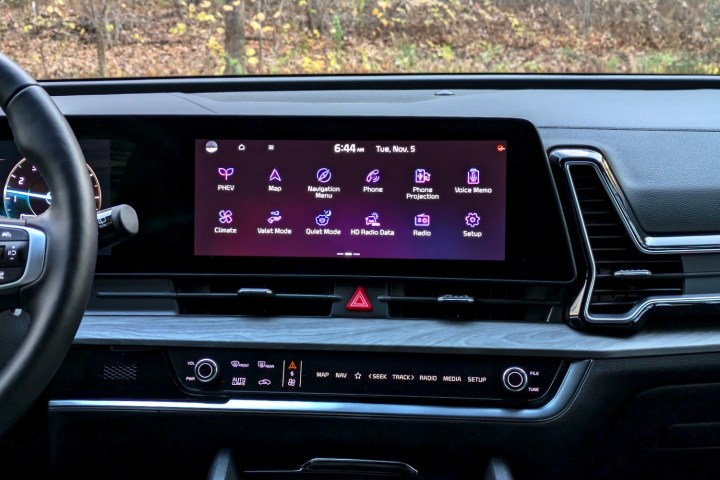 2024 Kia Sportage PHEV touchscreen.Photo: Stephen Edelstein/Digital Trends
2024 Kia Sportage PHEV touchscreen.Photo: Stephen Edelstein/Digital Trends
Performance and Driving Dynamics
The Sportage PHEV shares its 1.6-liter turbocharged four-cylinder engine and six-speed automatic transmission with the hybrid variant, but boasts a more powerful 89.7 hp electric motor and a larger 13.8 kWh battery. This combination delivers 261 hp and 258 lb-ft of torque, providing brisk acceleration. However, the transition between electric and hybrid modes can feel abrupt. The ride quality is a significant drawback, with excessive bouncing and unsettled handling. The steering also lacks the precision found in other Kia models.
Electric Range, Charging, and Fuel Economy
The Sportage PHEV offers an EPA-estimated 34 miles of all-electric range, falling short of the Toyota RAV4 Prime’s 42 miles but remaining competitive within the segment. Achieving this range in real-world driving is feasible, with the gasoline engine engaging only under heavy acceleration. A full recharge on a Level 2 charger takes approximately two hours. While the absence of DC fast charging limits its long-distance practicality, the Sportage PHEV achieves a respectable 35 mpg combined in hybrid mode.
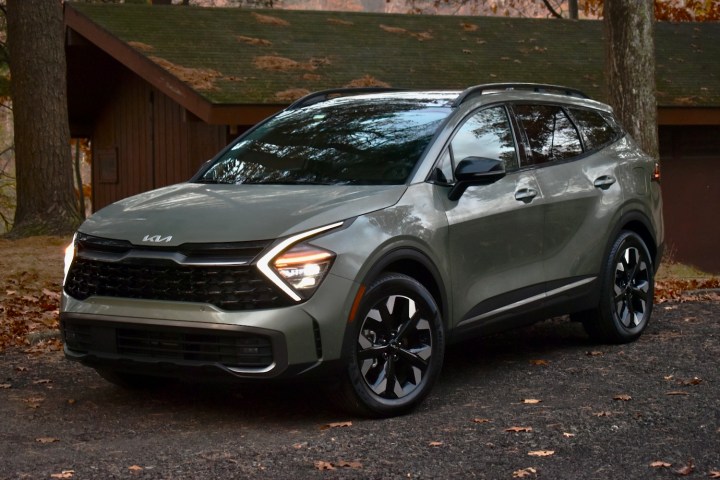 2024 Kia Sportage PHEV front quarter view.Photo: Stephen Edelstein/Digital Trends
2024 Kia Sportage PHEV front quarter view.Photo: Stephen Edelstein/Digital Trends
Conclusion
The 2024 Kia Sportage PHEV presents a compelling option for those seeking a practical and stylish plug-in hybrid SUV. Its attractive design, comprehensive technology features, and respectable electric range make it a viable alternative to traditional gasoline-powered crossovers. However, its subpar driving dynamics and lack of wireless Apple CarPlay/Android Auto are notable drawbacks. While the Sportage PHEV offers a competitive package, the Toyota RAV4 Prime remains the benchmark in this segment, offering superior performance, range, and features.



